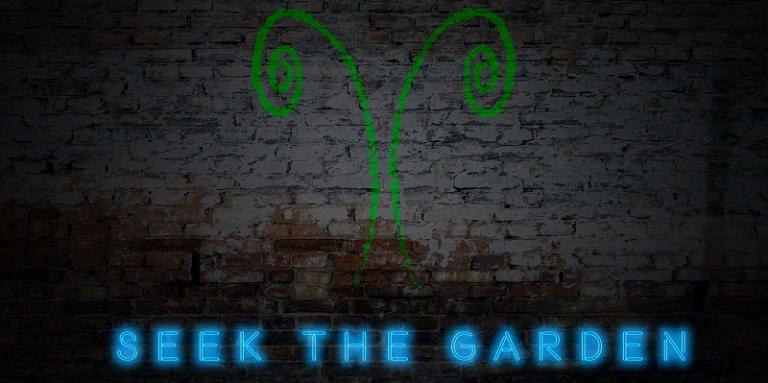
Commonwealth: A Novel of Utopia, part 1, chapter 6
Author’s Note: This is an excerpt from my novel Commonwealth. The rest of today’s installment is free, but only on my Patreon site. If you want to read the next part today, it’s already up on Patreon as well. You can sign up for as little as $1/month, or $2 for exclusive author’s notes and behind-the-scenes material. There’s also a table of contents for all published chapters.
On August 30, a riot erupted in Harlem.
The city’s beleaguered radical groups had called for a million-person march, which never materialized. Too many people were living on the edge of poverty, leaping from paycheck to paycheck like unsteady stepping stones, and couldn’t afford to miss a single day of work. Too many people were afraid they’d be fired from their jobs or expelled from their schools if their bosses found out they were attending a protest. Too many people had children or elderly parents to care for.
Too many were unable – but many came. The fierce young radicals, the stalwart older activists, the unemployed, the homeless, the drifters, the disaffected, those who had nothing left to lose.
Perhaps ten thousand gathered on the plaza of Frederick Douglass Circle, in Harlem on the north end of Manhattan. It was a hot day, but the mood was cheerful. Flags waved, handmade signs flew, people whistled and clapped and sang rousing marching songs. The crowd was a cross-section of New York City, a ragged rainbow of humanity.
The plan was to march to Times Square, a river of people filling the streets to demand economic justice. The organizers had emphasized secrecy, hoping to catch the authorities off guard so they wouldn’t be able to muster a forceful response.
But somehow, the government found out. The marchers only got ten blocks before they turned onto a broad boulevard and found a phalanx of private police awaiting them.
The police line stretched from one side of the street to the other. The officers were garbed in body armor and face-covering helmets, and they wielded clear plastic shields, black composite batons and electric stun guns. Behind them were two armored vans bristling with surveillance antennas, their cannonlike turrets aimed at the crowd. Every piece of gear had an Anton Aerospace logo.
The first row of protesters saw the obstacle in their path. Like ripples in a pond, stillness spread backwards until the march had come to a halt.